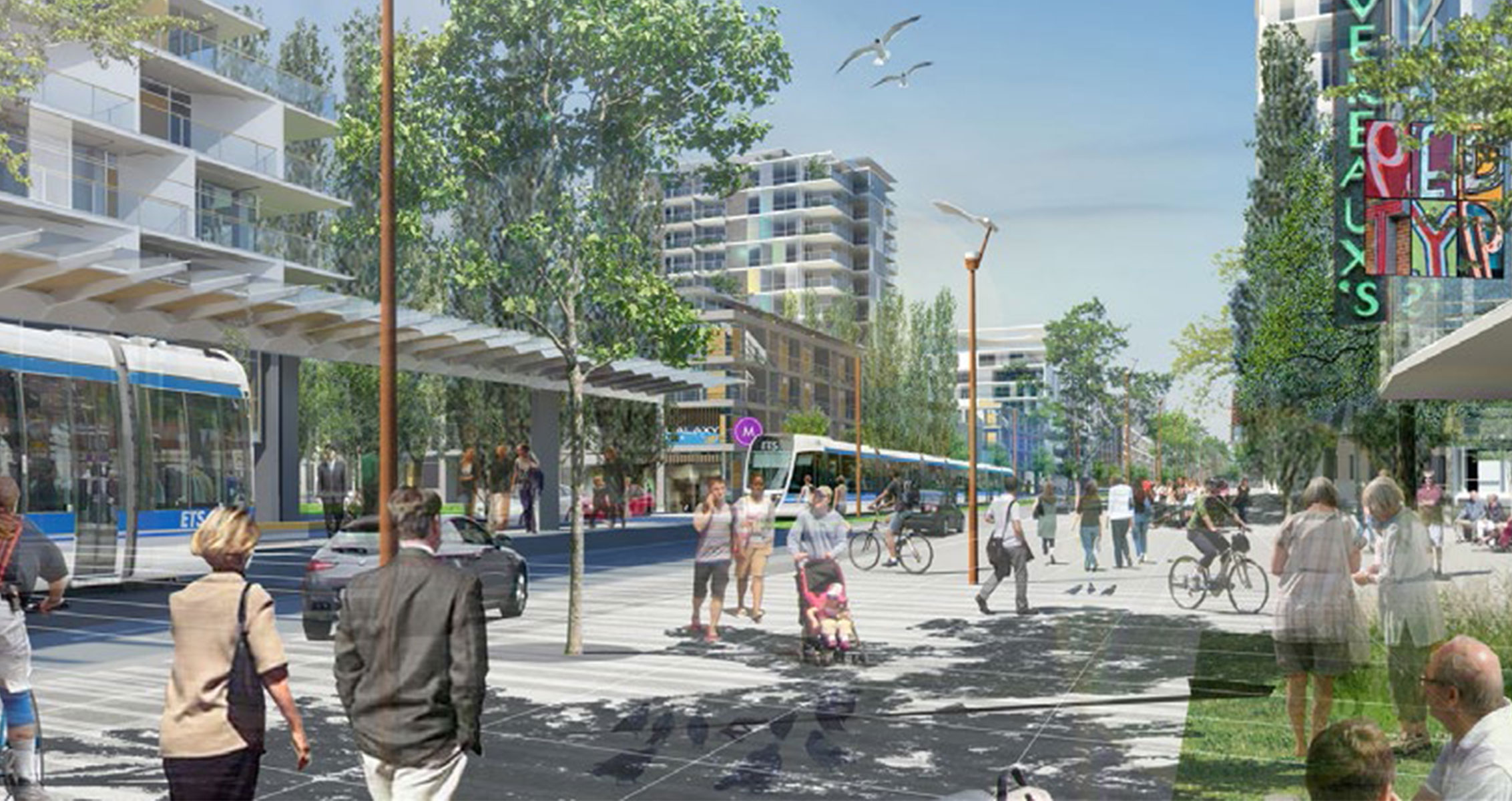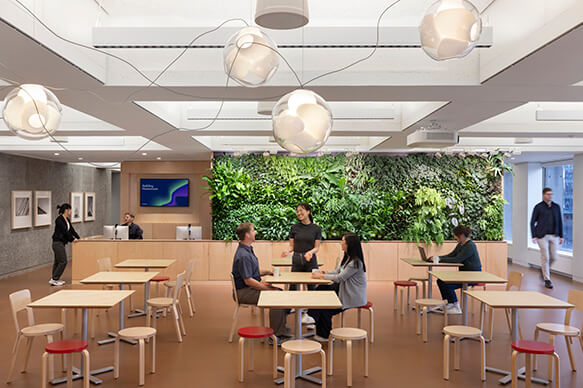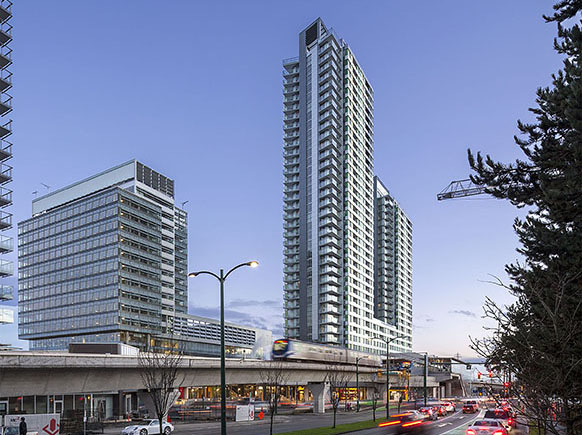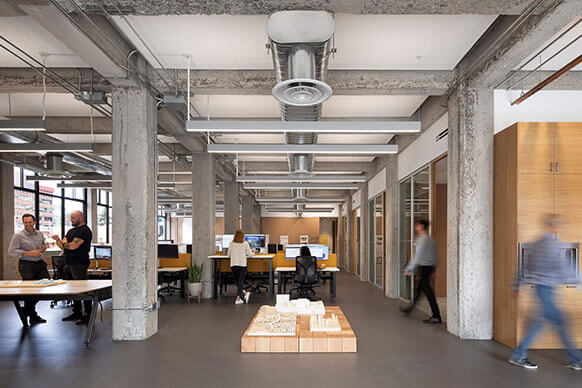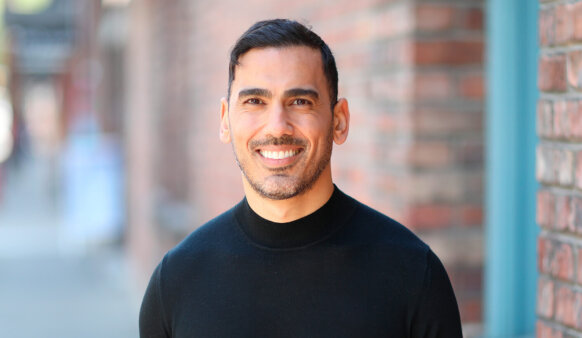A new report by global architecture and design firm Perkins&Will urges a people-first approach to integrate emerging transportation technologies into the design of cities. The report, Designing for Future Mobility: Developing a Framework for the Livable Future City, explores both the positive and negative potential impacts of “mobility disruptor” technologies that are underway in cities across North America, including self-driving cars, vehicle and ride share services, and electric vehicles. The study concludes that by shifting our focus to how we move people instead of vehicles, we are able to leverage these mobility disruptors to create cities that are safer, healthier, happier, and more sustainable places to live.
“Decisions made today by city planners, policy makers, designers, and builders will play a vital role in creating successful cities of tomorrow,” says Jeff Doble, global director of transportation design based in Perkins&Will’s Vancouver studio, which issued the report. “While mobility disruptors may have benefits, including creating more open space, reducing transportation costs, improving service, and providing a safer and cleaner environment, these same technologies – if we’re not careful – also have the potential to create problems, including increased traffic, urban sprawl, limited mobility, and environmental damage.”
To ensure the best future outcomes for cities, Perkins&Will’s report offers recommendations that can help guide decision-making, urban design, and policy. These recommendations include the following:
- Make transportation shared: Favor shared modes of transportation over private ownership as a way to reduce the total number of vehicles in cities;
- Prioritize multi-occupancy: Incentivize high occupancy vehicles such as buses and trains to free up roadway capacity and reduce congestion;
- Put active transportation first: Prioritize pedestrians and bicyclists over motorized vehicles to encourage choice and support public health and well-being; and
- Incentivize low carbon: Improve the infrastructure for low carbon forms of mobility to make the most sustainable forms of transport also the most convenient and affordable choice.
The report then explores how these recommendations can be put into practice across common urban typologies, such as parking and roadways, proposing design strategies that can be implemented in existing urban areas and new developments. One example is the proposed redesign of Wilshire Boulevard in Los Angeles, a collaboration between Perkins&Will, NelsonNygaard, and Lyft, which almost triples the roadway capacity of an existing street by prioritizing moving people over moving vehicles. The report also reimagines transportation in the City of Vancouver, illustrating the potential benefits of applying these recommended principles citywide.
“The disruptions we are seeing in mobility today are a call to action for those of us who care about the future of cities,” says Aaron Knorr, author of the report and senior architect at Perkins&Will. “It is important to remember that the future is in no way predetermined – rather, we have an opportunity to leverage these technologies to create more livable cities.”
The report was funded by Perkins&Will’s Researcher-in-Residence program unique to the Vancouver office. This program offers an opportunity for staff to advance the local practice, directly benefiting clients and projects. Topics of focus include urban issues and the future of cities, design innovation, fabrication, material innovation, sustainability, and occupancy-engagement-performance.
“Our in-house program here in Vancouver builds upon our firm’s legacy of research and innovation,” says Kathy Wardle, director of research at Perkins&Will’s Vancouver office. “The program further strengthens our culture of design excellence and thought leadership – advancing our design work and contributing to the knowledge base of our industry.”
